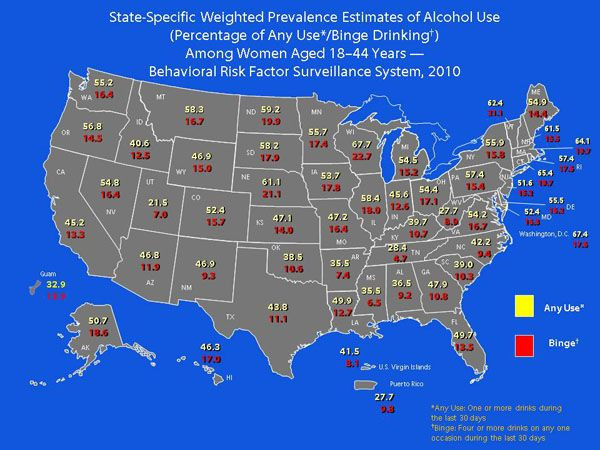Kids' Fetal Alcohol Syndrome Disorder Mistaken For ADHD, Due To Misassignment Of Mental Age

Though still high, the prevalence of attention deficit hyperactivity disorder (ADHD) among American kids may be overstated by confusion with fetal alcohol syndrome disorder (FASD) — a broad diagnosis describing the effects of maternal drinking during pregnancy.
Researchers at McGill University say parents and educators often confuse the symptoms of FASD with the other disorder, not realizing such kids function at a younger mental age than their peers. Jacob Burack, a professor of educational and counseling psychology there, made a study of 14 children with FASD recruited from a hospital in British Columbia.
“Because the link between fetal alcohol syndrome and ADHD is so commonly described in the literature, both parents and teachers are more likely to expect these children to have attention problems,” Burack said in a statement. “But what teachers often don’t recognize is that although the child they are dealing with is 11 years old in chronological terms, they are actually functioning at the developmental age of an eight-year old. That’s a pretty big difference.”

Further, many of the attention problems described in children with FASD no longer appear significant when considering the child’s true mental age, Burack said. The children in the study were a mean age of 11.7 years but were the mental equivalents of a typically developing child of 9.6 years of age.
Interestingly, children with FASD were rated by parents and other caregivers as suffering significant problems with attention compared to others of the same chronological age. Consistent with ADHD diagnoses, reports on children with FASD describe symptoms such as trouble with controlling and shifting one’s attention — a key aspect of functional intelligence.
These findings are considered within the context of the complexity in understanding attentional functioning among children with FASD and discrepancies across sources of information and components of attention,” Burack wrote in a study published last month in the journal Frontiers.
Sadly, the prevalence of FASD in the U.S. remains unknown to medical science. The disorder may affect 0.2 to 1.5 children per 1,000 live births, according to the Centers for Disease Control and Prevention. The diagnosis describes the broader range of physical, mental, and behavioral effects on children — including a more narrowly defined fetal alcohol syndrome, known commonly as FAS. Thought to be three times as common as FAS, FASD affects as many as 40,000 U.S. births every year.
Public health officials warn that any amount of alcohol consumption puts women at risk of harming their unborn children — even in the early, undetected stages of pregnancy.
Source: Lane KA, Stewart J, Fernandes T. Complexities in understanding attentional functioning among children with fetal alcohol spectrum disorder. Frontiers. 2014.
Published by Medicaldaily.com



























